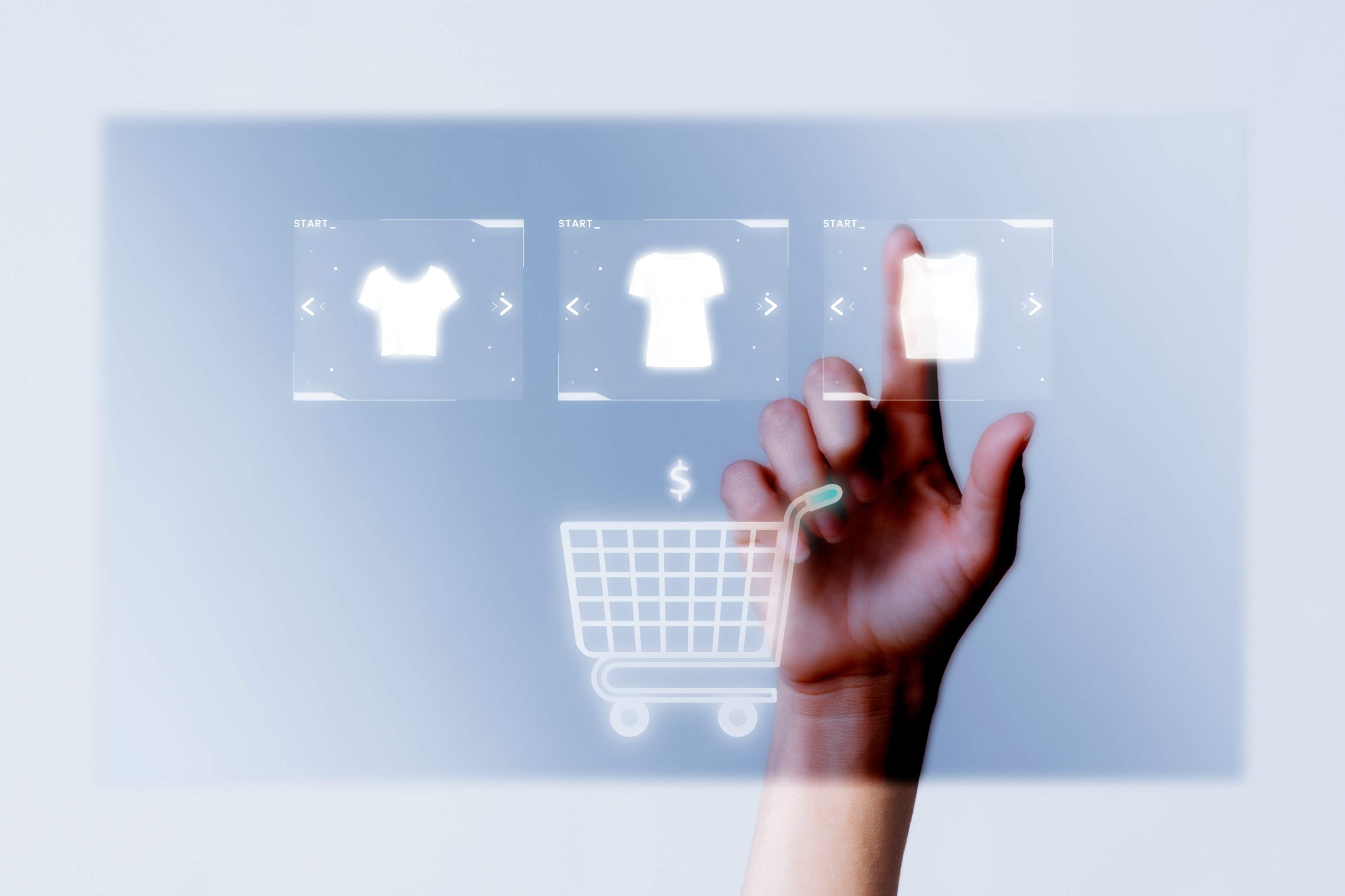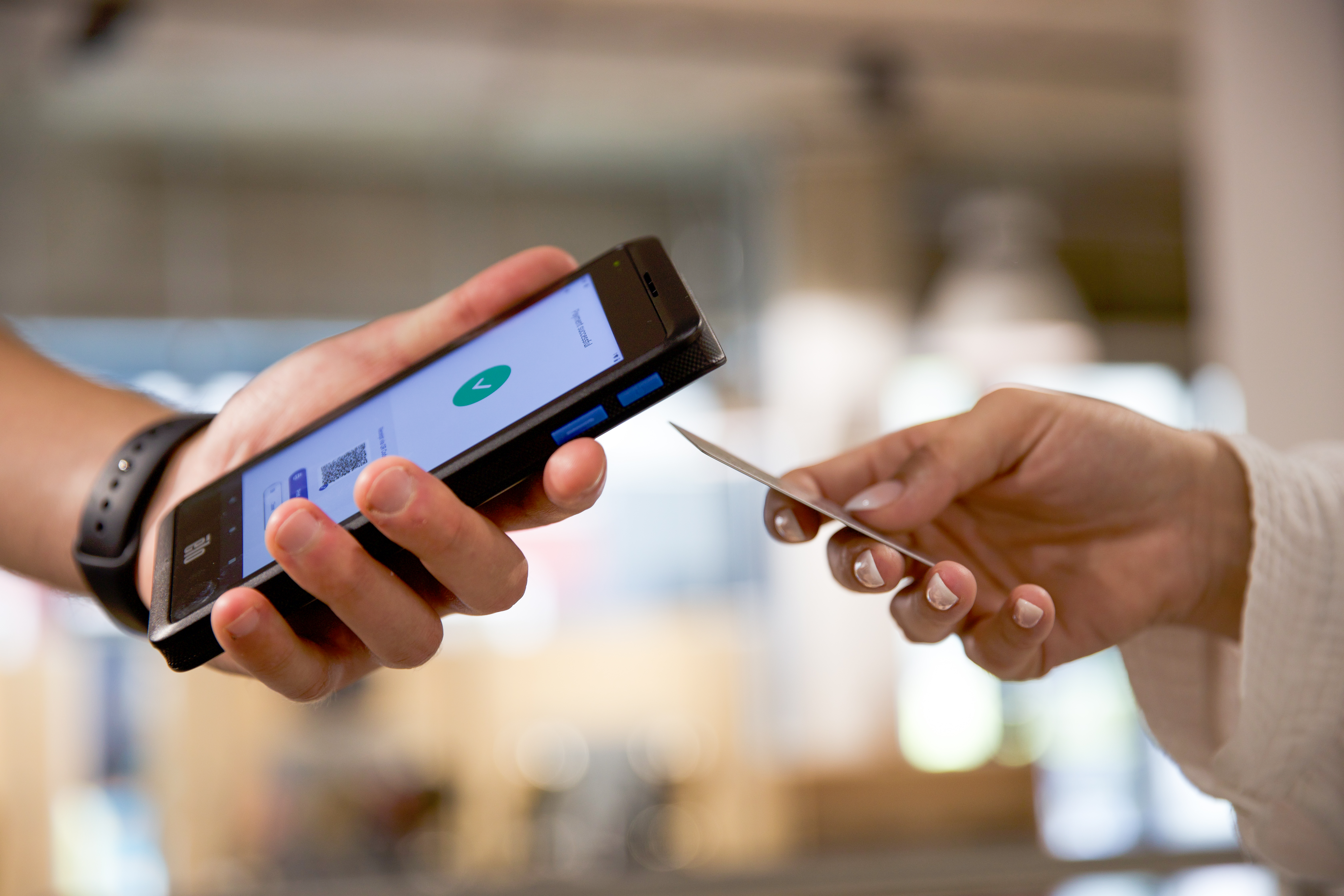The Digital Transformation Of The Entire Shopping Experience Has Begun
The digital transformation in retail
Alibaba's business model encompasses physical and digital commerce as well as the digital transformation of the retail business. The "New Retail" business model envisions a gross retail volume of US$ 1 trillion by 2020.
Amazon is also driving digital transformation in retail with its multi-billion dollar acquisition of Whole Foods and plans to expand its Amazon Go stores. While the company's eCommerce business is generating amazing revenue, it's easy to overlook the fact that brick-and-mortar retail still accounts for the majority of its sales. One of the strongest categories for eCommerce is apparel and footwear, where it still accounts for less than 15% of total sales, according to the latest Office for National Statistics Report. For food, the figure is as low as 5%. The industry is going through a transformation, business models are evolving through innovation and external changes.
What does "New Retail" mean?
"New Retail" refers to the overarching integration of different retail channels, merging online and offline channels. This involves combining new, digital technologies with conventional strategies. Because even though the digital transformation is advancing, consumers still like to go shopping in stores. And not just older generations who grew up without online shopping. 98% of Generation Z consumers shop in-store, with more than two-thirds (67%) choosing offline shopping as their preferred method of purchase, according to a study by IBM and the National Retail Federation. Contrary to initial assessments, the situation on the market is not changing in a linear fashion, but represents a dynamic development of the overall shopping experience. The strategic integration of digital and classic channels offers a great opportunity to profit from the transformation of classic retail towards the "New Retail".
How do companies benefit from the digital transformation?

Source: rawpixel.com
The digital transformation of the entire shopping experience is a dynamic development. Initially, multichannel strategies were primarily used, but now more and more companies are benefiting from omnichannel strategies. In doing so, companies are relying on digital and physical channels to increase their success. Meanwhile, digital best practices and innovations are being applied in both the online and offline worlds.
Marketing managers frequently focus on optimizing digital outcomes such as clicks and conversions to drive visitors to the company's website, where the sales process ultimately takes place. In reality, consumers don't necessarily buy products on the company's website, but offline. You probably wouldn't go to Unilever or Persil's website to buy laundry detergent, or Mondelez or Cadbury's websites to buy chocolate eggs.
These companies are not interested in clicks and online conversions. They want to know if the company's digital presentation increases their success and their product comes to the customer's mind first when they shop offline. While this viewpoint is most applicable to FMCG products in supermarkets, it is just as relevant for fashion or beauty products available in department stores or third-party stores.
Instead of focusing on clicks and online conversions, marketing managers should concentrate on the data of the target group that reflects their individual buying behavior and thus determines the success of their advertising in the real world. The importance of such data will continue to grow in the future due to the innovation and application of new technologies.
Does your digital marketing strategy increase the actual number of customers on site in addition to website traffic, and do these sales actually lead to revenue in the end?
The "likely buyer" as a digital target group
The digital transformation in retail offers companies opportunities to target potential buyers digitally. Marketing managers are using a variety of digital methods to lure customers into stores. The most obvious, geofencing, uses location data of smartphone users passing by a particular store and tries to lure them into the store with personalized messages. However, the target audience is quite limited, as it is only used by customers who are close to the store. However, the fact that someone is walking, driving, or otherwise near a store does not necessarily mean that they want to store there. Targeting relevant, digital audiences requires more comprehensive processes.
Companies can also link location information with other data to understand who the customer is - not just where they are. By identifying the neighborhood, for example, it is often possible to make a statement about the household, income situation and shopping opportunities in a customer's particular area. These insights can be supplemented with further details. For example, 360-degree digital profiles can be created from demographic data, surfing behavior, and indicators of online purchase intent, making integrated use of online and offline activities without identifying the customer personally.

Source: barokahselalu7777k
Source: FutureOfRetail
Share this
You may also like
These related stories

Mobile as Hyper-Connector: The Future of Omnichannel Strategies

mobilePOS: The mobile checkout system
